About Robben Island Museum and Nelson Mandela Gateway
“Today when I look at Robben Island, I see it as a celebration of the struggle and a symbol of the finest qualities of the human spirit, rather than as a monument to the brutal tyranny and oppression of apartheid. It is true that Robben Island was once a place of darkness, but out of that darkness has come a wonderful brightness, a light so powerful that it could not be hidden behind prison walls… ' Nelson Mandela
This famous little windswept island has captured hearts and minds around the globe. Situated just a few kilometers from the glitzy Waterfront, it was “home” to Nelson Mandela for almost 20 years. The intention to silence anti-apartheid leaders by imprisoning them on Robben Island had the opposite effect. Instead, Robben Island came under the spotlight as a focal point for international resistance to the regime. Today it has become a symbol of freedom, the transformative power of forgiveness, and a place of political pilgrimage. The entire 6 square kilometer island is now a UN World Heritage Site.
In 1961 an austere maximum-security prison was built on Robben Island. It was here that Nelson Mandela was sent after receiving a life imprisonment sentence in 1963. Political and common-law prisoners were initially lodged together. Contact with the outside world was limited to receiving and sending two letters a year. Beatings, hard physical labour in the lime quarry, prolonged solitary confinement and insufficient food, bedding and clothing were endured for many years. Hunger strikes, legal action and international pressure eventually brought better conditions. The prison even became an informal university behind bars, with prisoners tutoring their warders. 1991 saw the release of the remaining political detainees and in 1996 the common-law prisoners were transferred to the mainland.
Daily tours depart by ferry from the Nelson Mandela Gateway at the Waterfront. The ferry trip takes 30 minutes to the tiny harbour. From there a bus ride takes one to historic places like the kramat, leper graveyard, a church designed by Sir Herbert Baker and the lime quarry where political prisoners endured lengthy hours of tough physical labour. Driving along the shipwreck strewn coast you can spot some antelope, plentiful seabirds and the lighthouse. The last stop is the maximum security prison.
The guides are former inmates and will take you along the Footsteps of Mandela tour in the notorious B-section. Mandela’s sparse cell is open, the others locked and empty. The A-section houses the Cell Stories exhibition, evoking the meagerness of prison life. Former prisoners have loaned personal items including an amazing saxophone that works, crafted from found bits and pieces. Have a look at the interesting Smuggled Camera Exhibition in the communal cells. Prisoners managed to slip cameras onto the island in the late 1980s. The enlarged photos are heart warming, giving an indication of their solidarity, friendship and expectancy that it would soon be over. The entire trip lasts three and a half hours and costs around R150.
Need to know? Ferries depart at 09:00, 11:00, 13:00 and 15:00, weather permitting, from Nelson Mandela Gateway, at the V&A Waterfront in Cape Town. The standard tour to Robben Island is three-and-a-half-hours long, including the two half-hour ferry rides. For bookings: (0) 21 413 4200.
Robben Island Museum
Tel: +27 (0) 21 409 5169
Nelson Mandela Gateway
Tel: +27 (0) 21 413 4200
Reviews for Robben Island Museum and Nelson Mandela Gateway
1 review Reviews of5 out of 5 stars
Accommodation near Robben Island Museum and Nelson Mandela Gateway
Radisson RED Hotel V&A Waterf...
Avg per night
Waterfront Village (Two Bedro...
Motor Yacht Kiara
Atlantic Marina
Avg per night for 2 guests
Juliette
Avg per night for 2 guests
Mountain Marina Luxury Apartm...
Avg per night for 2 guests
Robben Island Museum and Nelson Mandela Gateway Map
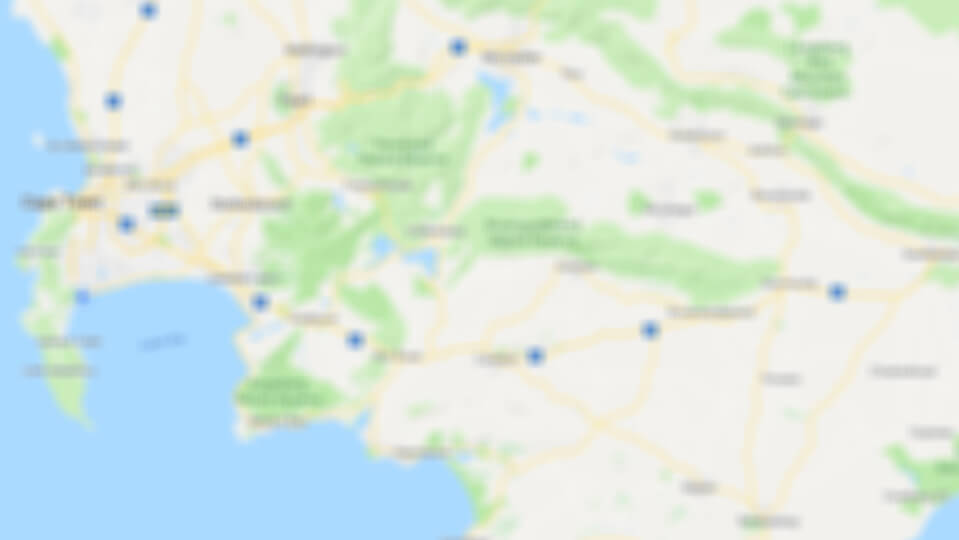
*Distances are shown as the crow flies and not necessarily the actual travelling

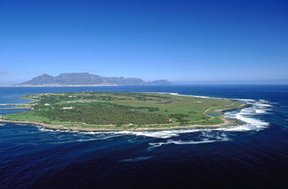
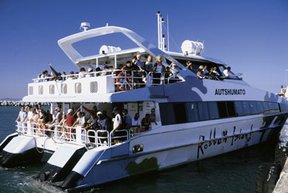
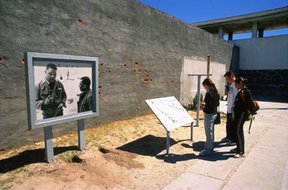
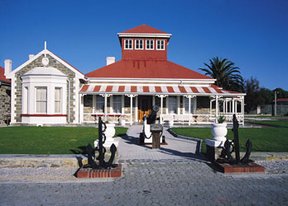
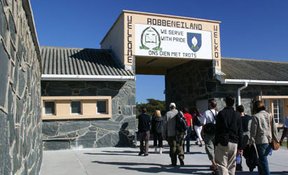
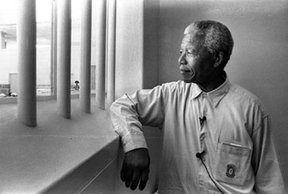
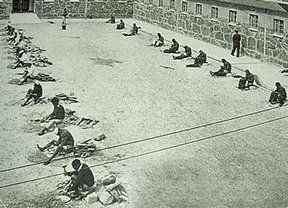
 " alt="Loading..." title="Loading" />
" alt="Loading..." title="Loading" />



